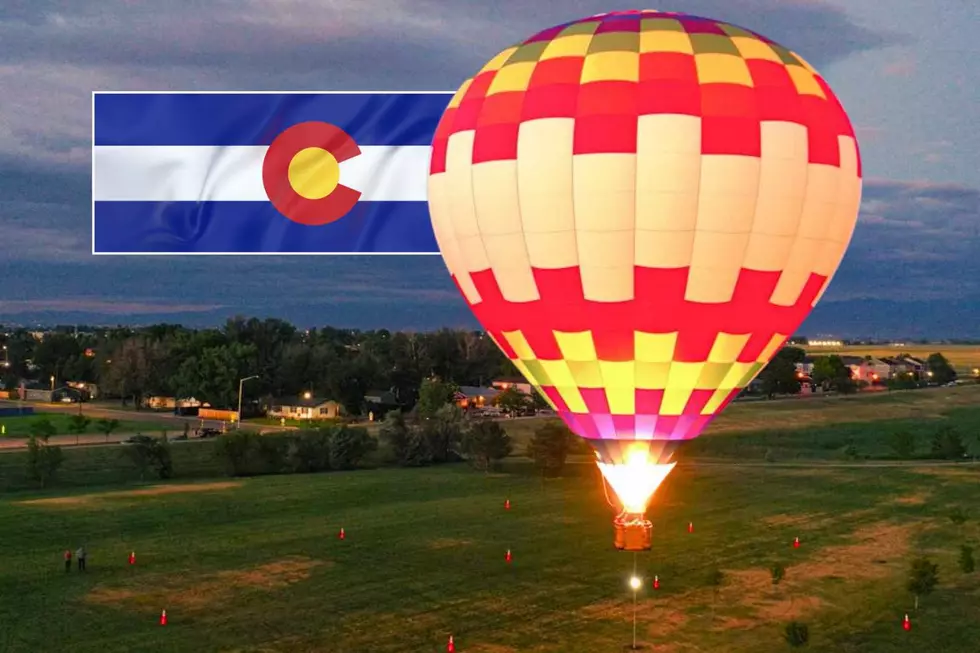
100 MPH Gusts? Did Someone Leave the Door Open to Wyoming?
The National Weather Service has issued a High Wind Warning, affecting all of Northern Colorado for December 15 until 5:00 PM.
The wind will be out of the west, whipping over the front range with gusts possible up to 80 MPH. They say it's even possible for gusts to reach near 100 MPH the closer you get to the foothills.
Get the full scoop: Blown Away! Hurricane Force Winds Are Taking Over Colorado
It goes without saying this kind of wind could make for a pretty messy day around NoCo. Tree and structure damage, downed power lines and more are likely if we do see the kind of winds the NWS is anticipating, not to mention the severely increased risk of fire danger in our area. A Red Flag Warning is also in effect.
Did someone leave the door open to Wyoming? Seriously, where is this wind coming from?
The eastern half of Colorado and Southern Wyoming are obviously susceptible to crazy winds out of the west, as wind coming down off the front range of the Rocky Mountains gains some speed as it whips across the plains. I mean, I think anyway. I'm definitely not a meteorologist. That's just radio personality logic for you, but it seems pretty legit.
I will say that if you've ever driven up to Cheyenne or seen any videos of semi-trucks and trailers being blown around on that stretch of I-25, you know the wind up to our north is the real deal.
Do you know where this kind of wind comes from?
This is the sort of question a kid might ask, much like "why is the sky blue?" I was never all that interested in science as a kid, so admittedly, I had to do a little research to share this nugget of information with you.
Turns out, wind is created by a difference in atmospheric pressure. The National Geographic Society does a really nice job laying it out for people like me who aren't, you know, "book smart."
In a nutshell, as you know, we are in the northern hemisphere. We're tilted toward the sun in summer - hence warmer weather - and away from the sun in winter, making our temps colder.
The equator of the earth is always closest to the sun, therefore it's essentially always summer there. The sun warms the water and land around the equator all the time, and far more consistently than the rest of the earth above or below it. That hot air rises into the atmosphere and gravitates toward the north and south poles, while cold air migrates from the poles toward the equator to replace it. This creates a difference in atmospheric pressure and as the air basically flows over each other creating a high pressure and a low pressure, boom, you get wind as they collide.
It's like when you hear Mike Nelson on Denver7 talk about high pressure and low pressure systems and sort of nod your head like you know what he's talking about. Or is that just me? Well, now you know a little more about it. Just in time for the awkward conversations when the extended family gets together for the holidays.
KEEP READING: Get answers to 51 of the most frequently asked weather questions...
LOOK: The most expensive weather and climate disasters in recent decades

